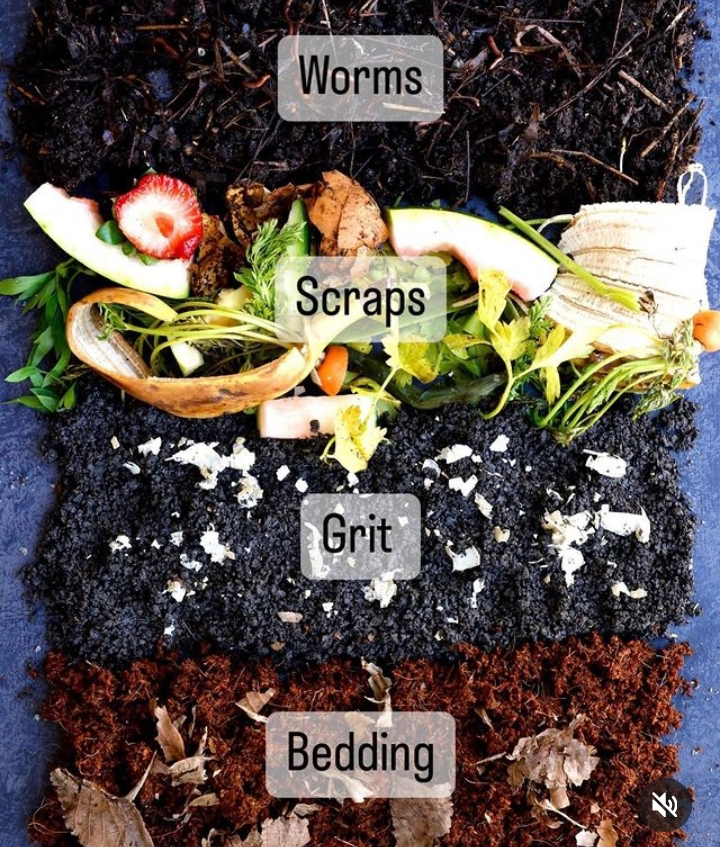What is the Composting?
The process of composting involves several key components and stages:
1. Organic Waste Collection The first step in composting is collecting organic waste materials. These can include kitchen scraps like fruit and vegetable peels, coffee grounds, eggshells, and food leftovers. Yard waste such as grass clippings, leaves, small twigs, and plant trimmings can also be added.
2. Composting Bin or Pile: To facilitate the composting process, the collected organic waste is placed in a compost bin or pile. This container can be a simple open-air pile, a closed compost bin, or a tumbling composter, depending on available space and desired level of management.
3. Carbon-to-Nitrogen (C:N) Ratio: Compost requires a proper balance of carbon-rich (also known as "browns") and nitrogen-rich (also known as "greens") materials. The ideal C:N ratio is roughly 25-30 parts carbon to 1 part nitrogen. Browns provide a source of energy, while greens provide nitrogen, which is essential for microorganisms to break down the compost materials effectively.
4. Moisture: Moisture is a crucial factor in composting. The compost pile should be kept consistently damp but not waterlogged. Proper moisture levels help the microorganisms thrive and facilitate the decomposition process.
5. Aeration: Oxygen is necessary for the aerobic microorganisms responsible for the composting process. Turning or aerating the compost pile allows for better airflow and prevents the development of foul odors associated with anaerobic decomposition.
6. Microbial Decomposition: In the compost pile, microorganisms, including bacteria, fungi, and actinomycetes, break down the organic matter into simpler compounds. These decomposers convert the complex organic molecules into more stable forms during their life cycles, generating heat as a byproduct.
7. Temperature: Due to microbial activity, compost piles can reach elevated temperatures, especially in larger, actively managed piles. Temperatures in the range of 110 to 160 degrees Fahrenheit (43 to 71 degrees Celsius) are common in well-maintained compost piles.
8. Composting Phases: Composting typically goes through different phases. Initially, the temperature rises during the active decomposition phase, known as the "thermophilic stage." As the compost matures and stabilizes, it enters the "mesophilic stage," with lower temperatures. Finally, during the "curing stage," the compost matures further, and the final product is ready to use.
9. Timeframe: The composting process duration varies depending on factors like the type of materials, C:N ratio, temperature, aeration, and moisture. Generally, a well-maintained compost pile can produce finished compost in two to six months.
10. Finished Compost: When the composting process is complete, the result is dark, crumbly, and earthy-smelling compost. It contains essential nutrients like nitrogen, phosphorus, potassium, and various micronutrients that enhance soil fertility and support plant growth.
- As a soil amendment to improve soil structure and water retention.
- As a natural fertilizer to provide nutrients to plants.
- As a mulch to suppress weeds and conserve moisture.
- In potting mixes to enhance container gardening.
Composting is a valuable practice that promotes sustainability, reduces waste, and contributes to a healthier environment. By diverting organic materials from landfills, composting helps mitigate greenhouse gas emissions and reduces the need for chemical fertilizers. It's an accessible and rewarding activity for individuals, communities, and agricultural operations seeking to embrace eco-friendly practices.




No comments:
Post a Comment